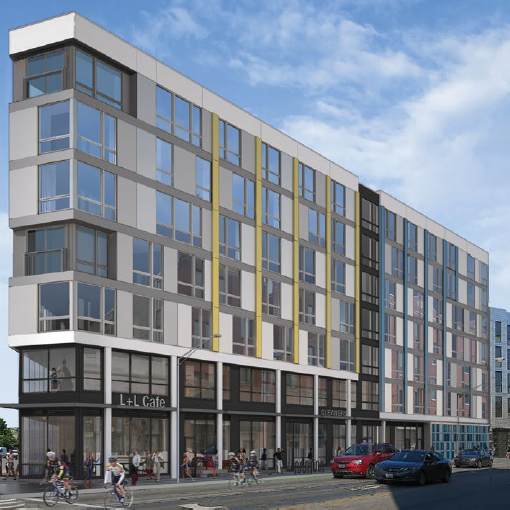Preferred equity is not just for stabilized assets; it can fill a gap in the capital stack behind a construction loan as well. Many characteristics of a development deal are similar to those found in a typical acquisition or refinance, but there are some important differences that sponsors should keep in mind when deciding whether adding preferred equity to a construction closing makes sense.
Download the PDF version of this report here:
Differences from Stabilized Deals
Dates Are “Moving Targets”
Because the construction process is long and there are many stages in it, there can be delays that crop up along the way. Depending on what the delay involves, it can push an estimated closing date weeks or even months out.
Therefore, it is important to keep communication among construction lender, sponsor, and preferred equity provider open and active. Doing so helps prevent delays caused by miscommunication around things such as ordering reports and when required diligence will be available during the process.
Additional Guaranties
In addition to the standard carve-out guaranty, when closing behind a construction loan, the preferred equity provider often requires a completion guaranty and a carry guaranty. The completion guaranty, as its name suggests, requires that the development project be complete or substantially complete by the completion date. The carry guaranty covers operating shortfalls during the construction period.
These guarantors may be different from the carve-out guarantors and may have separate net worth and liquidity requirements. Completion and/or carry guarantors may include the developer or general contractor.
Different Reserves
Typically, a preferred equity provider will require an interest or contingency reserve to cover payments during the construction period when there is no cash flow. This is most similar to “soft” preferred equity structures that require a reserve upfront to cover payments for a specific period such as 24-months.
Other reserves that a preferred equity provider may require on a construction deal include those for real estate taxes and insurance.
Additional Reporting Requirements
In addition to the reporting requirements that a preferred equity provider has for a cash flowing property, which will take effect upon stabilization of a ground-up deal, there is another set of requirements to cover the construction and lease-up periods. These additional reports can include:
- Monthly or quarterly reports from a construction consultant to monitor progress
- Monthly reports accompanying the draw requests submitted to the construction lender
- Post-closing financial reporting
- Post-completion financial reporting
Shorter Loan Terms
Many construction loans have five-year terms, often in a 3+1+1 structure with three-years and two one-year optional extensions. Stabilized deals sometimes have a similar term length, but 10-year terms are more common. The preferred equity provider generally mirrors the senior or construction lender’s term.
Lower Maximum LTV/LTC
Construction lenders will not go as high in the capital stack as senior lenders will for a stabilized asset. This can leave a gap that can be filled with preferred equity; sponsors should keep in mind, however, that preferred equity providers also have a lower maximum LTV/LTC ceiling on development deals.
Similarities to Stabilized Deals
Despite the differences shown above, closing with preferred equity behind a construction loan has many similarities to a stabilized deal closing. Some of the main similarities include most of the third-party reports and the preferred equity organization documents.
Third-Party Reports
Most stabilized deals require an appraisal, zoning analysis, and environmental reports as part of the due diligence by both senior lender and preferred equity provider. Generally, construction lenders and preferred equity providers will require those same reports for a development deal closing. Construction deals have some additional reports such as soils / Geotech and plan and cost review reports; they also do not need the property condition report required for most stabilized closings.
Substantially Similar Preferred Equity Organization Documents
As in a stabilized closing, the preferred equity provider will negotiate an operating agreement or mezzanine loan agreement and ancillary documents such as the carve-out guaranty and property manager recognition agreement. These documents will contain some sections that specifically pertain to development, but the majority of the language does not vary from that found in a stabilized deal.
What It All Means
The differences found in closing a construction deal with preferred equity can seem as if they are complications that may lead sponsors away from considering it. However, the reality is that the majority of the closing and diligence process is highly similar to closing with preferred equity behind a stabilized senior loan. Because so much of the diligence carries over, the items outlined above represent the few exceptions in the process. Sponsors should give serious consideration to whether adding preferred equity to a construction loan makes financial sense without concern that the differences would complicate the transaction.




